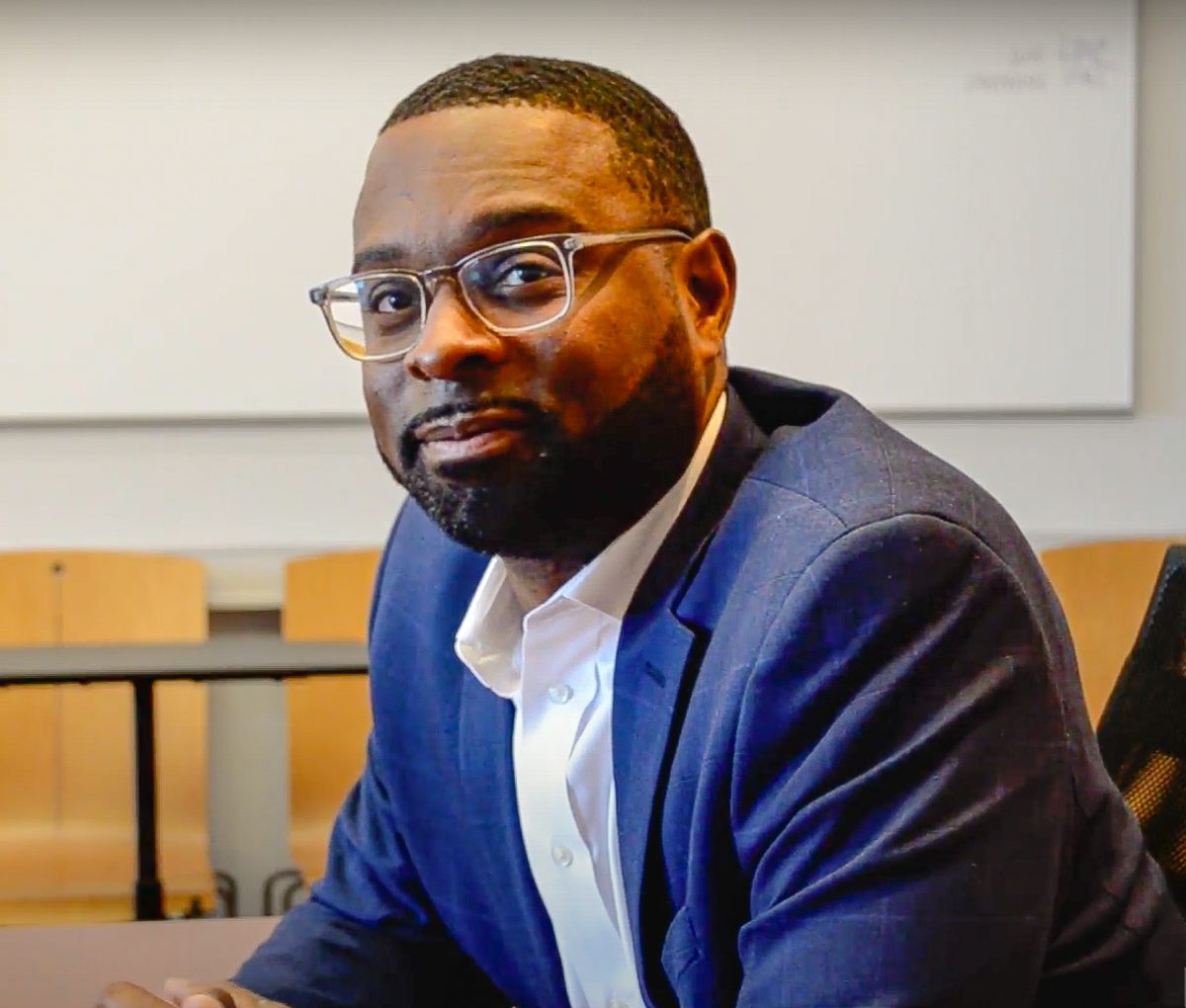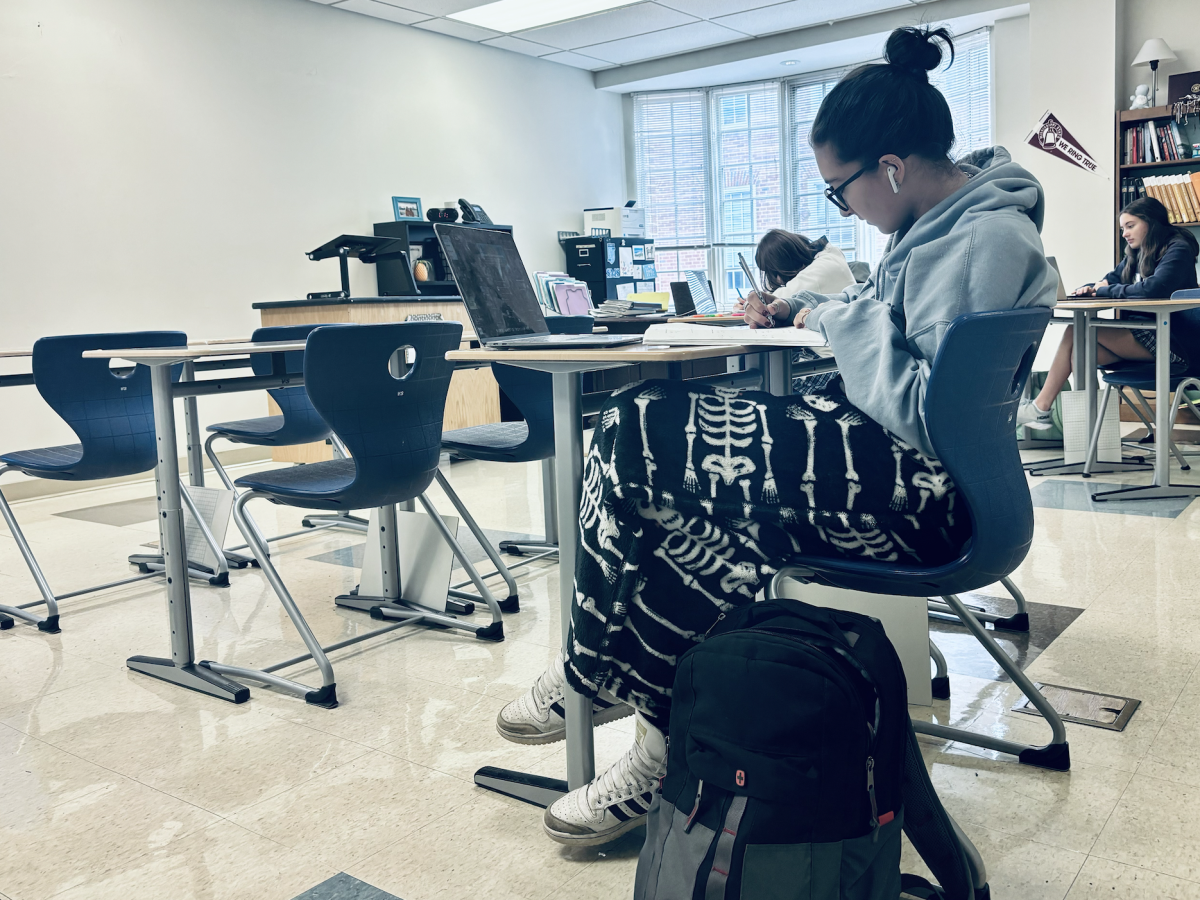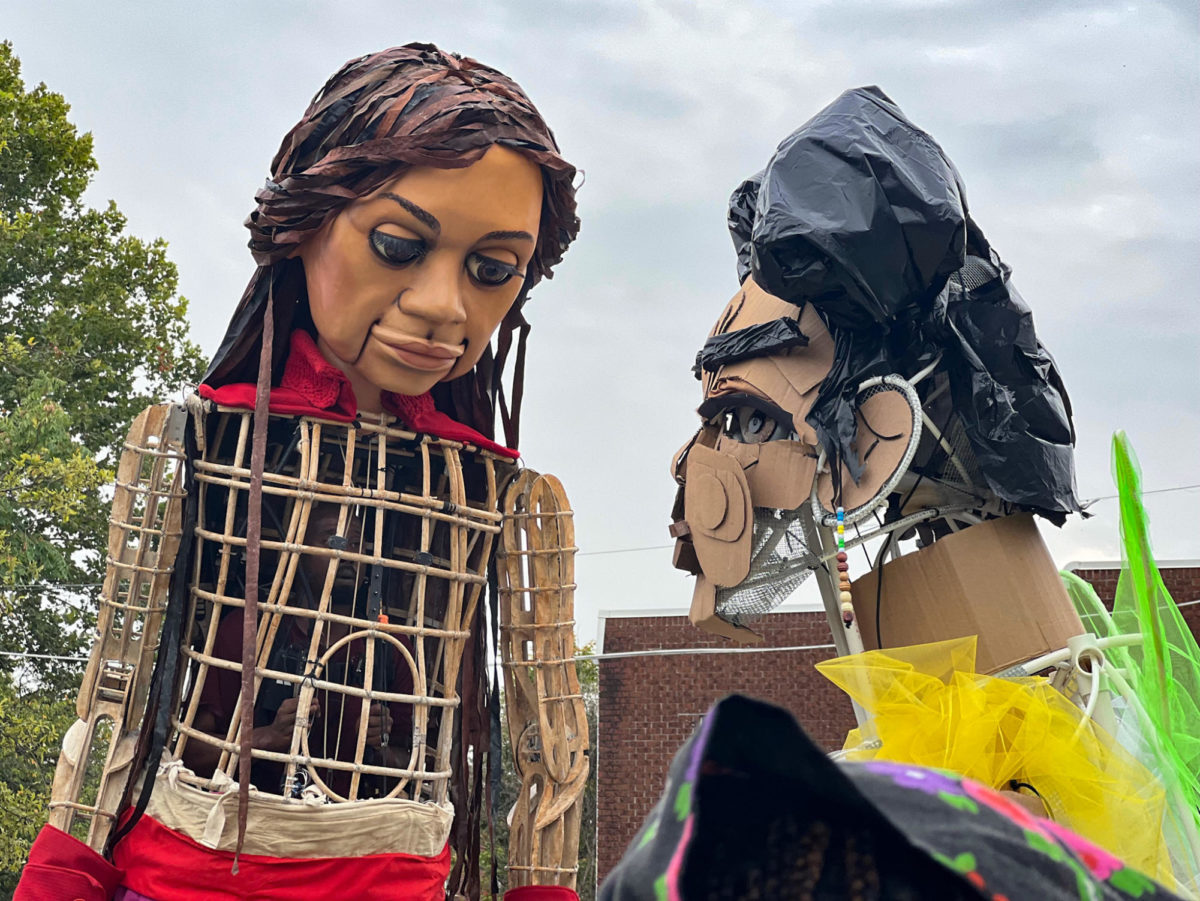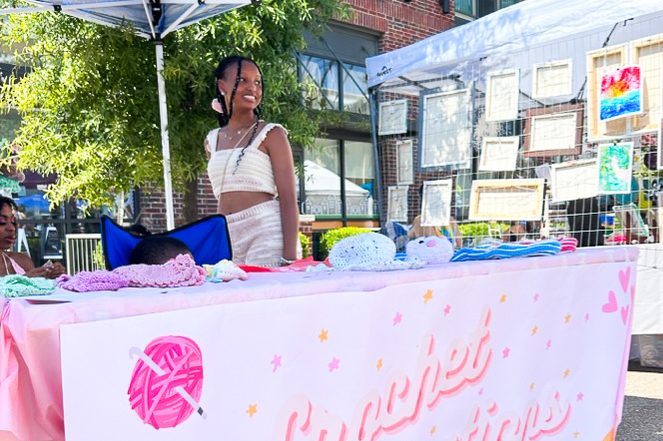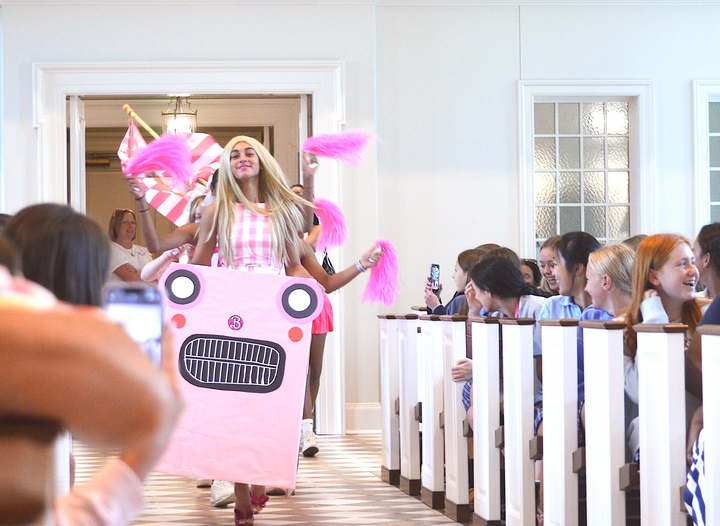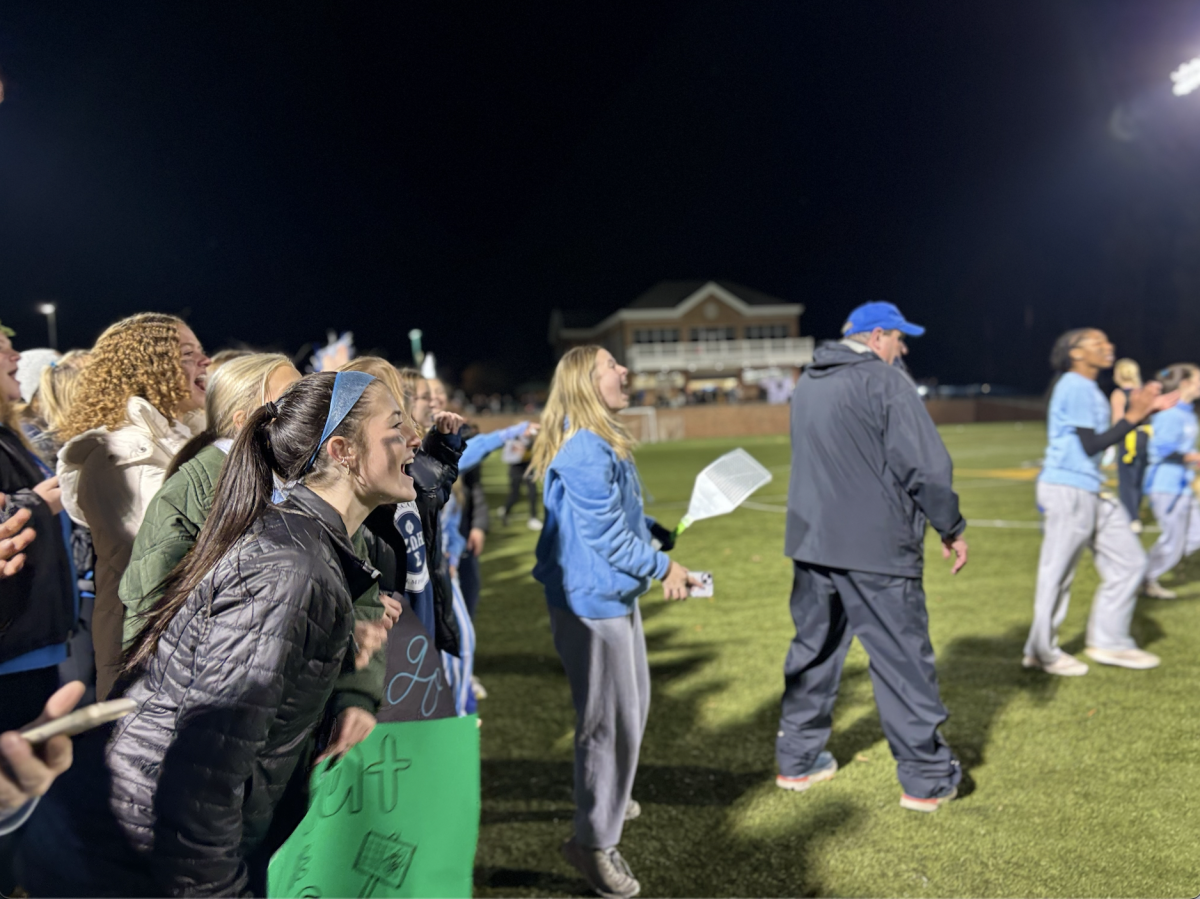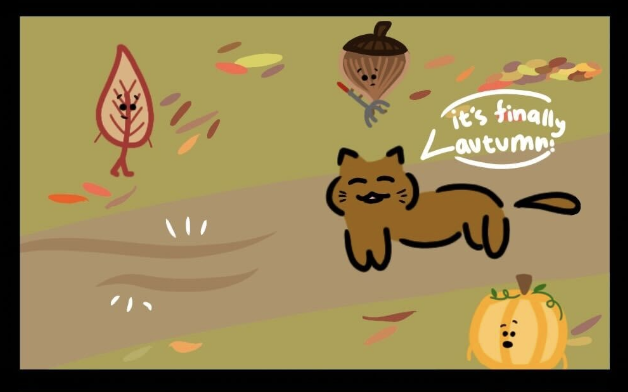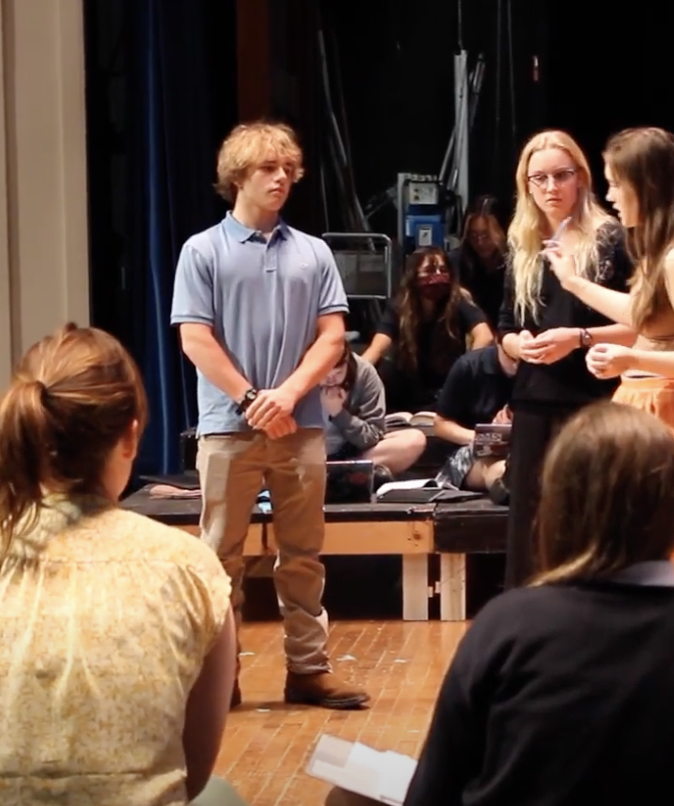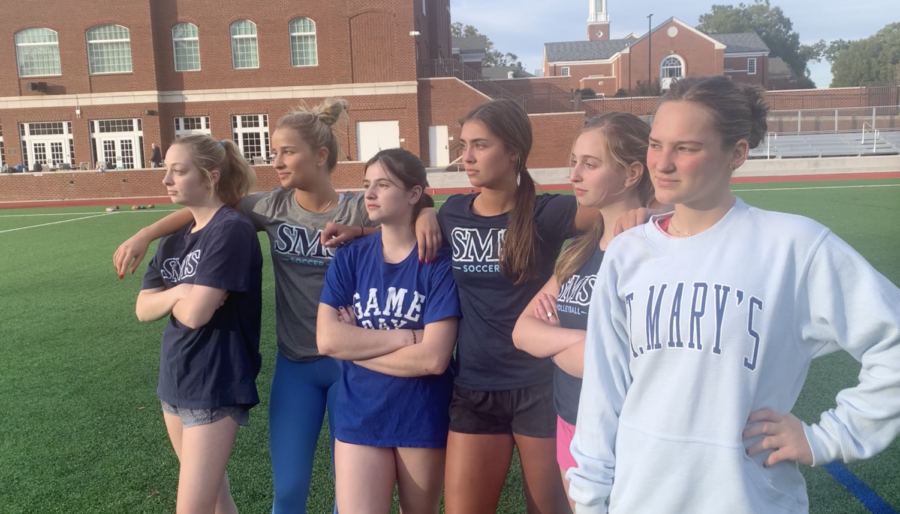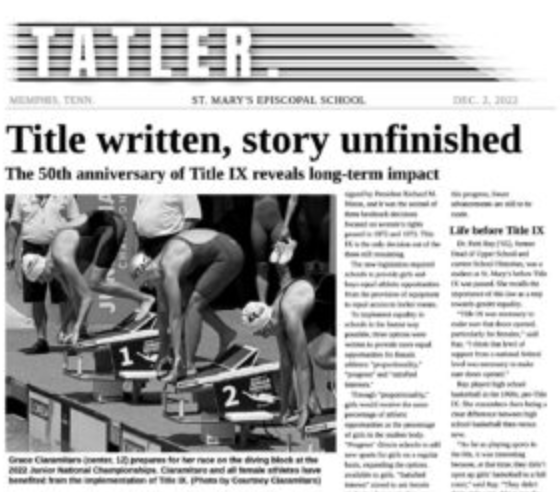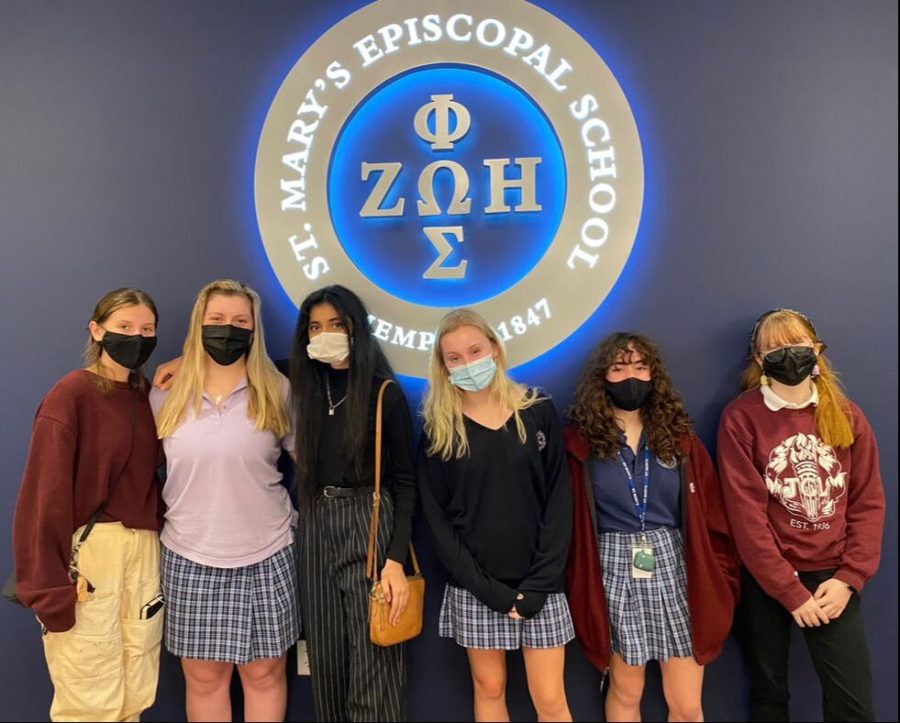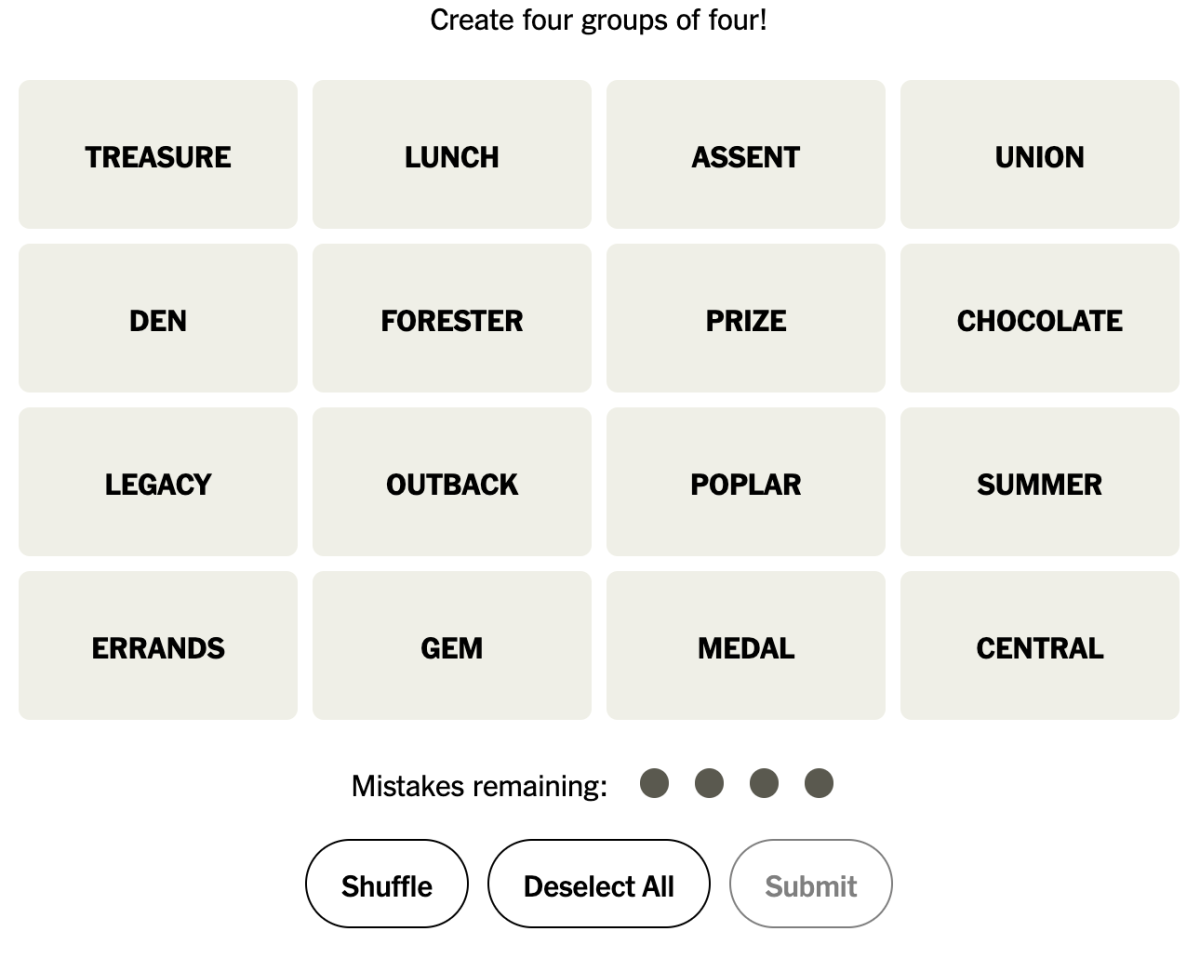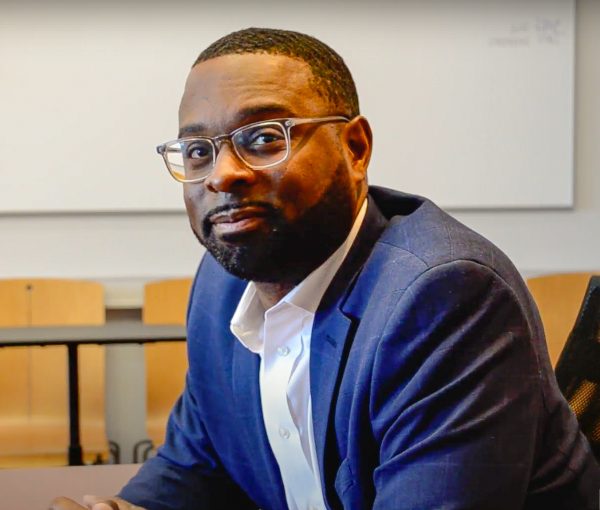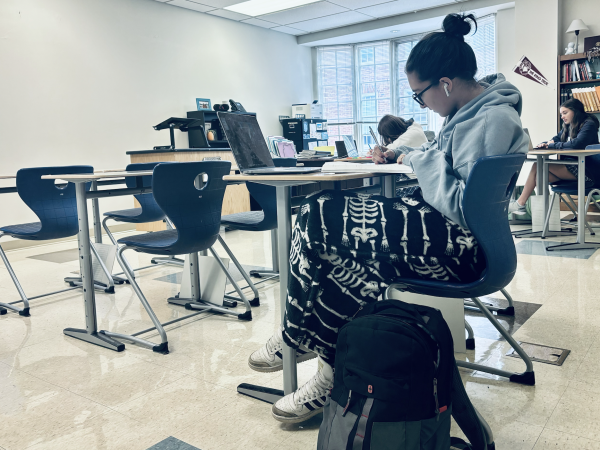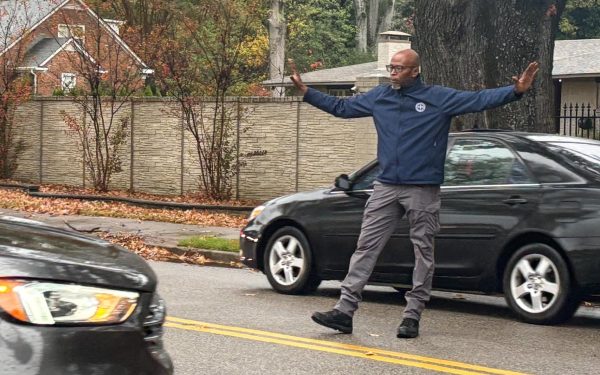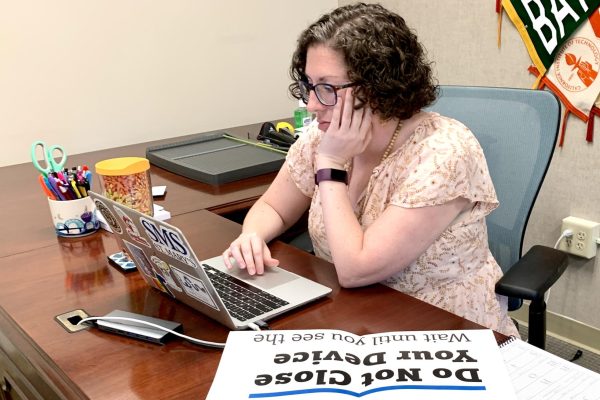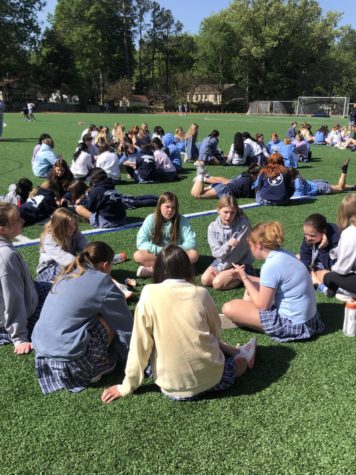St. Mary’s hosts dinner for veteran Latin scholars
Ryan McGown (12), Emma Hurst (12), Mishi Ali (12), Elizabeth MacQueen (10), Ella Curlin (10), and Ann Wilson (12) attend the Veterani Dinner.
November 12, 2021
Late in the evening on Monday, October 25, a small sea of Latin students and I gathered in the dining hall to celebrate the Veterani Dinner. After a brief speech from Latin Club president Ann Wilson (12), we sat to eat while Professor Ben Graham from University of Memphis gave a presentation about Roman dining.
Like many similar Latin club traditions, such as Festivus and the Cena Romana, the Veterani Dinner was first implemented as a way to provide enrichment and community for Memphis Latin scholars, particularly higher level students.
Consisting of upperclassmen and teachers from several area schools, the Veterani Dinner is a yearly gathering of Latin students fourth year and up, where Latin scholars share interesting facts like those shared by Professor Graham. The dinner, founded in the 1990s and later revived in 2014, was hosted in St. Mary’s dining hall with the dining service providing Italian dishes, such as penne pomodoro and sage winter squash
Upper School Latin teacher Dr. McFadden said, “[This event was aimed toward] students who have . . . decided to continue past the required courses. [It offers] students who have worked hard . . . a chance to meet and share experiences with students . . . who have a shared interest and excitement about Latin.”
Professor Graham’s talk was full of interesting facts. One anecdote was about the Monte Testaccio, a pile made of the Roman’s smashed olive oil urns that grew to the size of a small hill. He also explained countless aspects of Roman dining, from population records to food transportation to the eventual fall of Rome.
The dinner left me feeling I had expanded my understanding of Roman tradition. Not only that, but I had been invited to witness a facet of a much deeper passion for Latin in Memphis.





